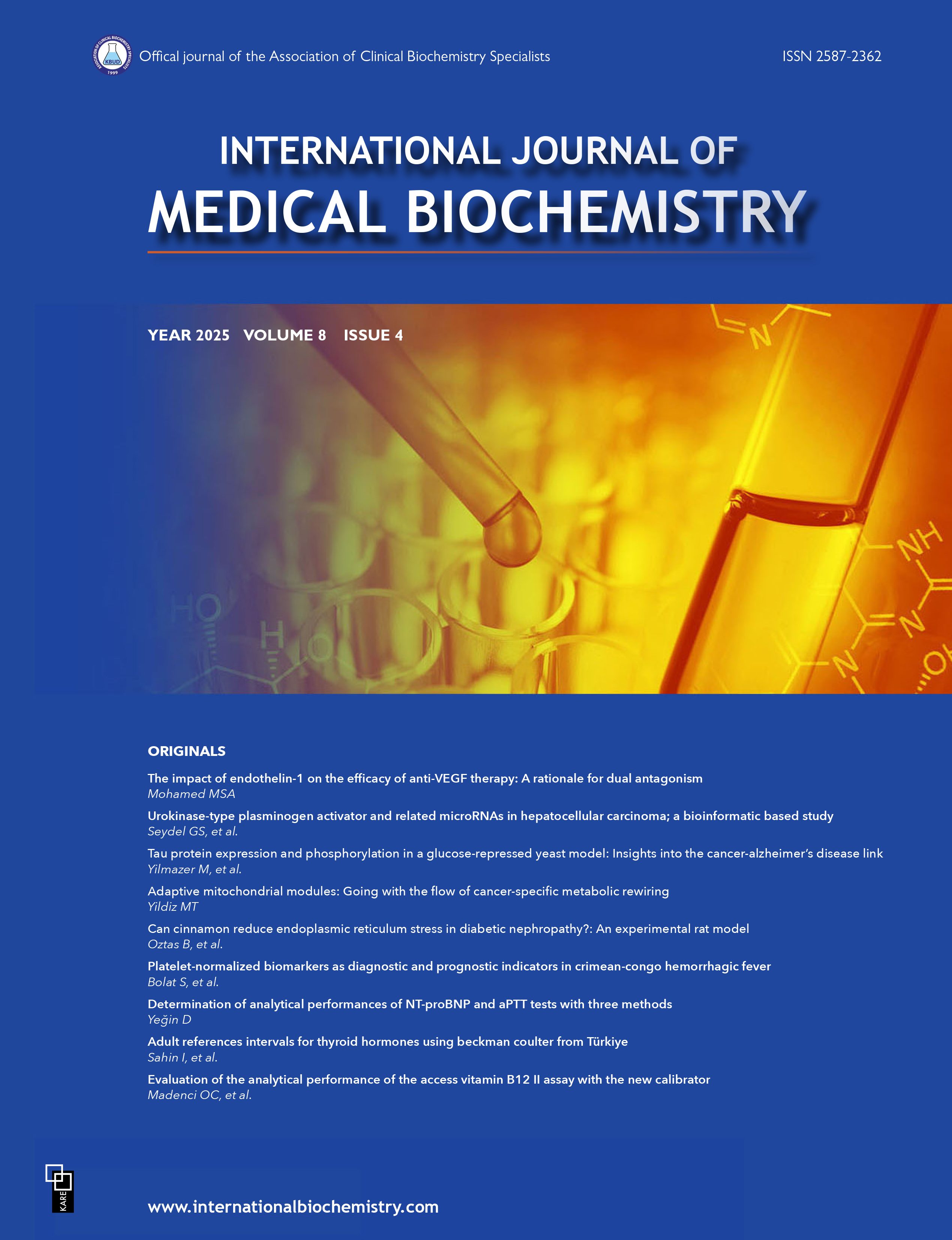Is soluble ST2 a new marker in heart failure?
Dildar KonukogluDepartment of Medical Biochemistry, İstanbul University Cerrahpaşa Faculty of Medicine, İstanbul, TurkeyThe clinical diagnosis of heart failure (HF) is based on a history and a physical examination. Circulating molecules, such as troponin, B-type natriuretic peptide, and N-terminal pro-B-type natriuretic peptide are useful in the management of HF. Recently, it has been reported that a new biomarker, suppression of tumorigenicity (ST2), was associated with the prognosis of HF. ST2 is a cytokine and has 2 isoforms, a soluble (sST2) and a transmembrane receptor (ST2 ligand, or ST2L). The effects of ST2 are related to it binding to interleukin 33, which is a proinflammatory cytokine. sST2 acts as a decoy receptor in these interactions. sST2 plays a role not only in the pathogenesis of HF, but also in the pathogenesis of atherosclerosis. Additionally, an increased blood concentration of sST2 has been reported in several diseases. The most commonly used method is enzyme-linked immunoassay. However, there have been some methodological problems in the analysis of sST2. The aim of this review was to explore the biology and analytical considerations of ST2 and its clinical importance in HF.
Keywords: Cardiac marker, heart failure, inflammation, interleukin 33, soluble ST2Manuscript Language: English







